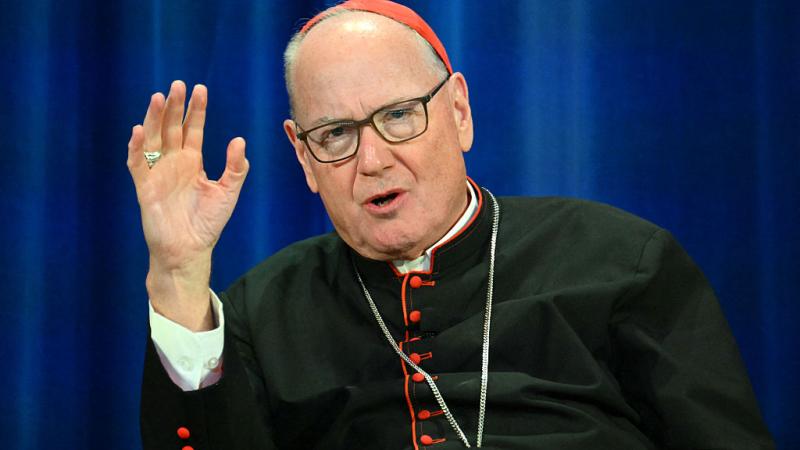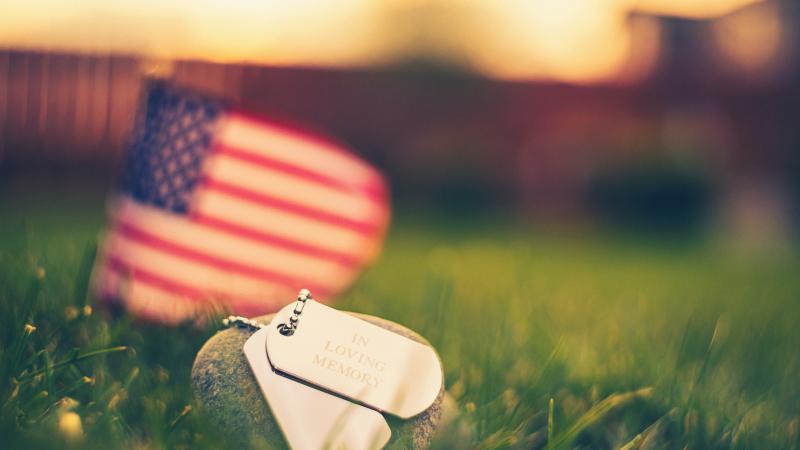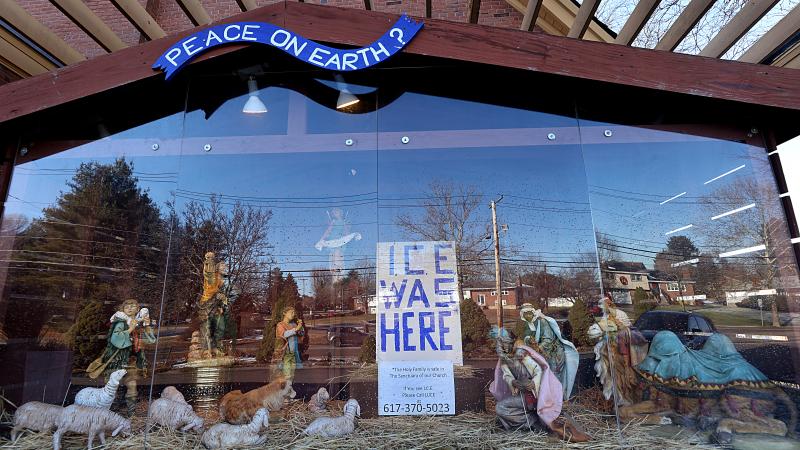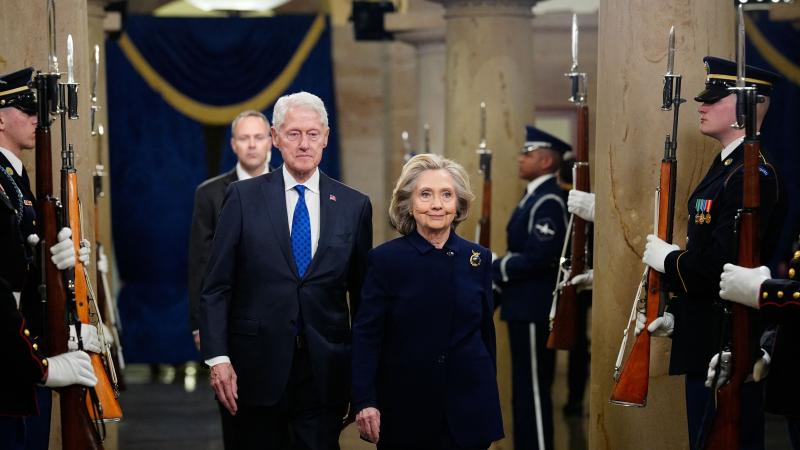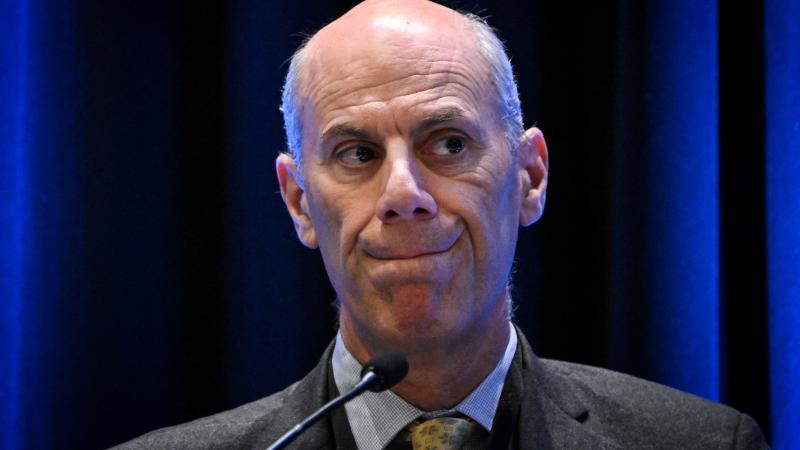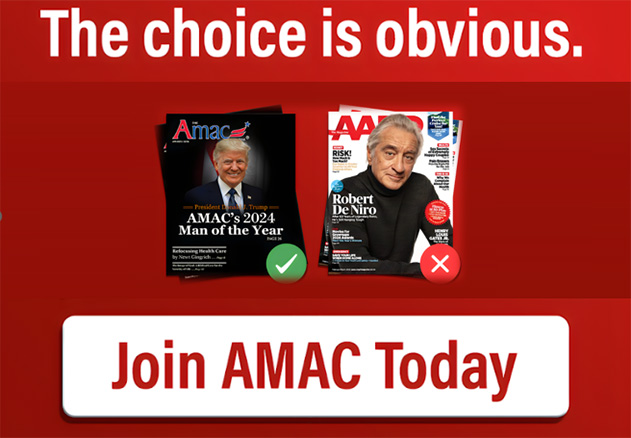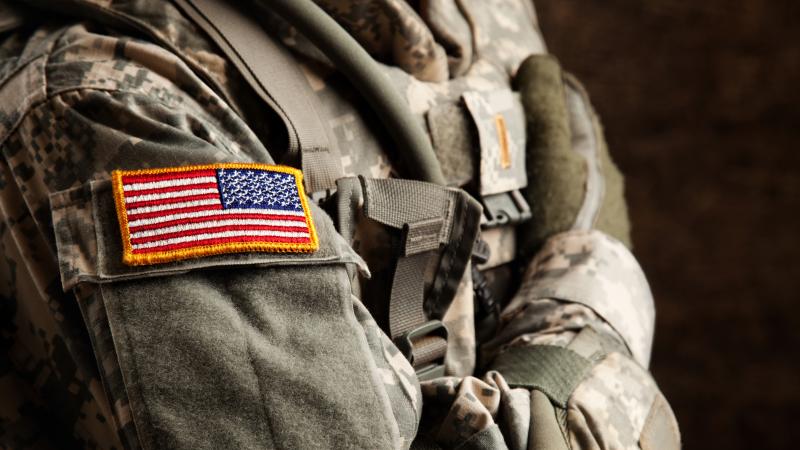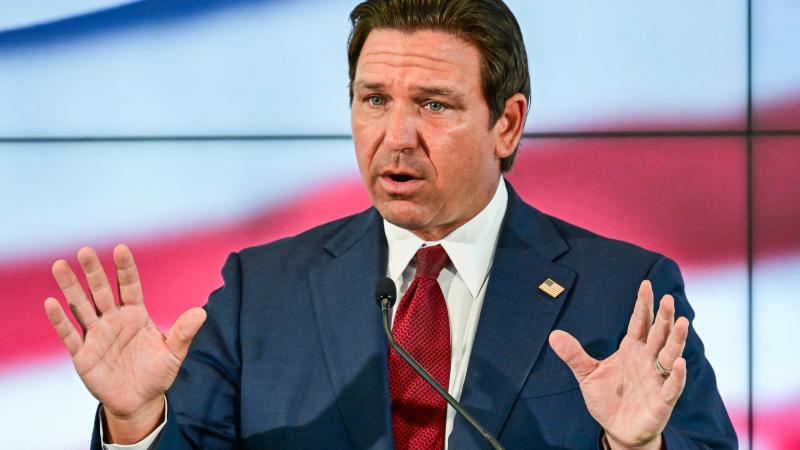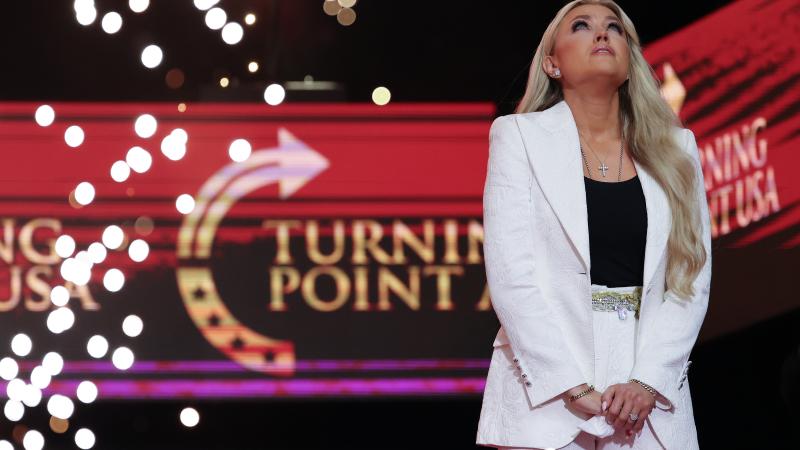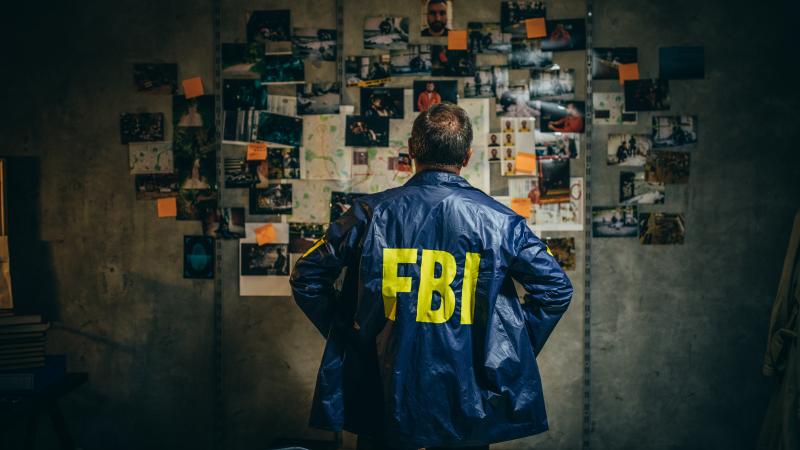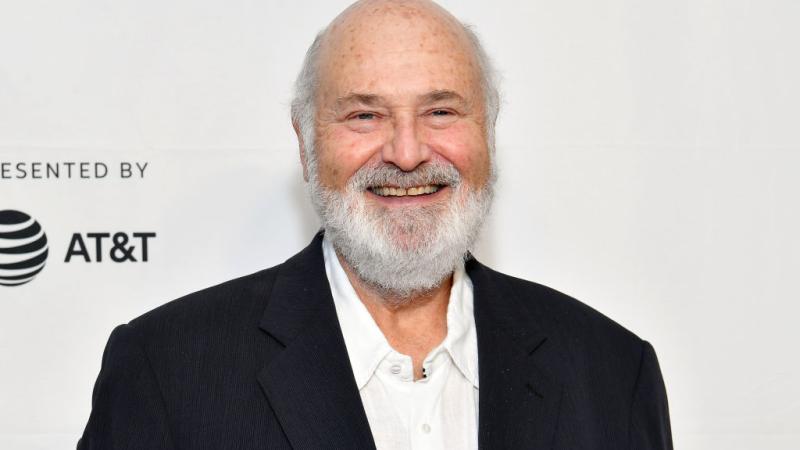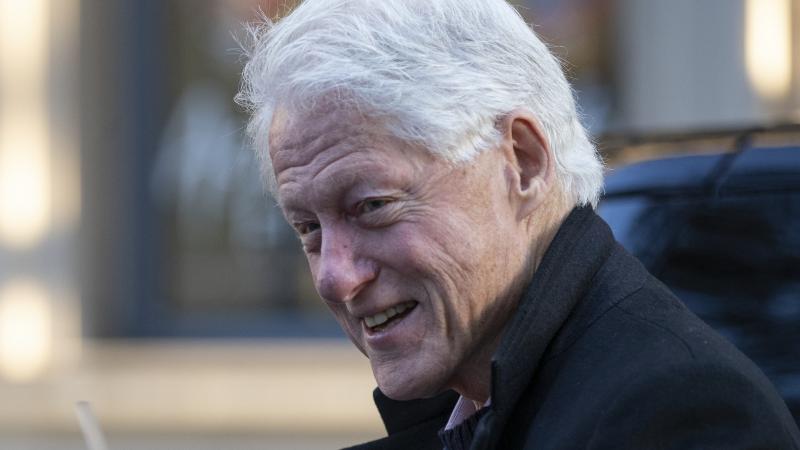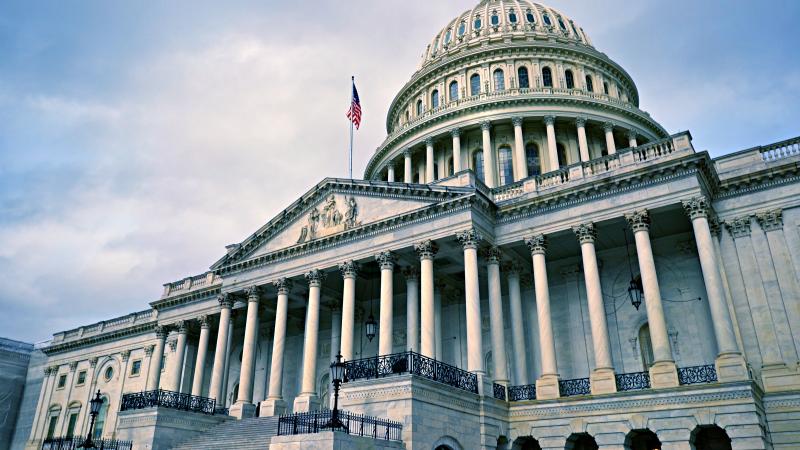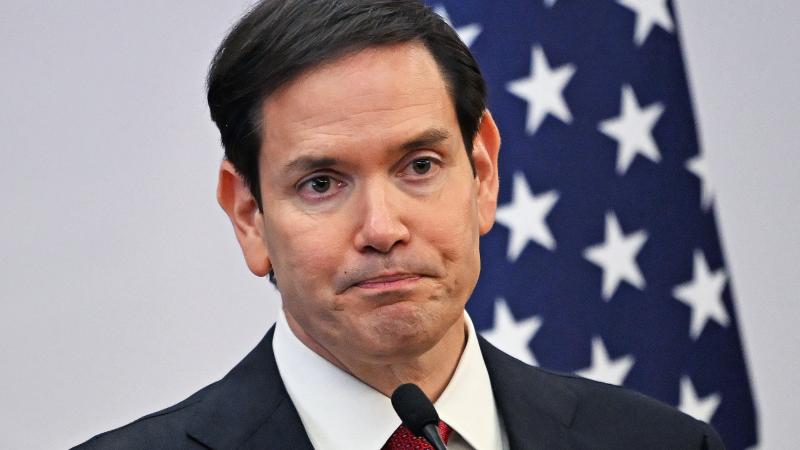King Charles, Pope's prayer meeting marks big step toward healing deepest divides in Christianity
Under the frescoed heavens of the Sistine Chapel, King Charles III – Supreme Governor of the Church of England – bowed his head in prayer Thursday next to newly-installed Pope Leo XIV.
It took nearly 500 years for an English monarch to pray together with the Roman Catholic pope. And while it lasted only a few minutes, the meeting appears to be a big first step toward healing the deepest divides in the Christian tradition.
Under the frescoed heavens of the Sistine Chapel, King Charles III – Supreme Governor of the Church of England – bowed his head in prayer Thursday next to newly-installed Pope Leo XIV.
Charles is the 13-times great-grandson of Margaret Tudor, whose brother, King Henry VIII, broke from the Vatican in 1534 to establish the Church of England. In the U.S., the Episcopal Church remains in communion with the Church of England through the Anglican tradition.
For centuries, the Church of England and the Vatican eyed each other warily across a wide divide. In more recent decades, leaders occasionally met in friendship, but until this week they never knelt in unison.
Charles' audience with the American-born pontiff came as the Catholic Church’s 2025 Jubilee year draws to a close. But their prayer meeting carried more than ceremonial weight: It was an act of diplomacy and devotion many key observers say is indeed a first step toward a reconciliation of the historic break made 491 years ago.
Cardinal Vincent Nichols, the Catholic archbishop of Westminster, said Charles's visit strengthens the relationship forged by Queen Elizabeth II, who came to Rome six times during her reign, including during the 2000 Holy Year.
“Pope Leo and King Charles coming together before God in prayer is an example of a genuine and profound cooperation," he told the Associated Press.
In addition to their high-profile ecumenical prayer at the Sistine Chapel, Charles and Leo jointly discussed environmental issues with business leaders at the Vatican’s Apostolic Palace, then moved to the Basilica of St. Paul Outside the Walls, one of Rome’s four papal basilicas.
At St. Paul’s, Leo approved granting Charles the title of “Royal Confrater” of the basilica’s abbey – an honorary title meaning “Royal Brother.” And Leo agreed to be named “Papal Confrater” of St. George’s Chapel in England.
The Catholic Herald called the developments “a soul-stirring new chapter,” and “a genuine step forward in Christian unity.”
The 16th-century split between the two churches was bitter but has softened dramatically since then. Pope Paul VI publicly embraced Church of England Archbishop Michael Ramsey in 1966, earning worldwide headlines.
Even before taking the throne three years ago, Charles referred to himself as a “defender of faiths” – in contrast to the monarch’s traditional role as the “defender of the faith,” referring to just the Church of England. Relations further thawed in a series of meetings between Pope John Paul II and Charles’ mother, Queen Elizabeth II. But the leaders never prayed together before this week.
As prince, Charles has long emphasized the importance of common moral ground over a focus on differences in doctrine, and he showed as much, making a pilgrimage to Rome in April, in the final days of Pope Francis’ papacy, and again for the joint prayer with Leo.
Still the meeting last week drew some criticism from both sides: Catholic traditionalists have opposed a potential rapprochement with the Church of England, while some in England believe Charles’ actions were contrary to his sworn oath to “maintain in the U.K. the Protestant Reformed Religion established by law – pointing out church law says that the “Bishop of Rome hath no jurisdiction in [the] Realm of England.”
The Roman Catholic Church is the world’s largest Christian denomination, with about 1.4 billion adherents worldwide, including roughly 62 million in the U.S. With an estimaed 100 million members – including an estimated 3.5 million in the U.S. – the Anglican and Episcopal churches are among the largest protestant faiths.
Hendro Munsterman, the Vatican correspondent for the Dutch newspaper Nederlands Dagblad, said the meeting was a symbolic step in the reconciliation between the two churches that began in earnest in the 1960s.
“Just last month there was an important meeting during which many issues were discussed – the differences between Catholics and Anglicans are not big and this has been an ongoing discovery since the 1960s,” he said. “The king’s visit really symbolizes that there is a communion and respect between the two.”
He also said: “This is significant because it’s a pilgrimage-state visit."
The Facts Inside Our Reporter's Notebook
Links
- 13-times great-grandson of Margaret Tudor
- a first step toward a reconciliation
- he told the Associated Press
- the title of âRoyal Confraterâ
- a soul-stirring new chapter
- Pope Paul VI publicly embraced Church of England Archbishop Michael Ramsey
- the final days of Pope Francisâ papacy
- maintain in the U.K. the Protestant Reformed Religion established by law
- roughly 62 million in the U.S.
- an estimated 3.5 million in the U.S.
